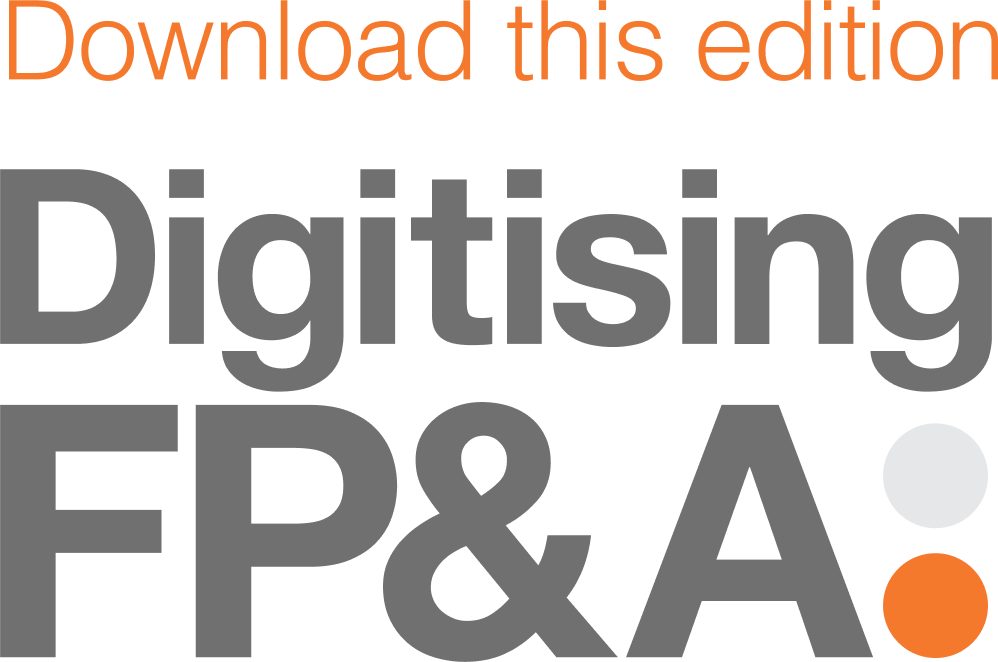In the changing business environment, agility and flexibility are critical to business survival. You need to continually invest in solutions and processes that facilitate more flexible working styles to adapt to changing market demands. Good financial modelling is especially crucial when you’re looking to gain insights about business performance, predict market changes and guide business strategy.
However, it also involves intensive data entry and analysis, which is not only time consuming for finance teams but can also create a high risk of error. Just one zero out of place, or a miscalculation, can impact the entire financial model, and ultimately the operation of the business. Using tools such as Excel to manage financial modelling, even for power users, can increase the potential for errors in data entry and analysis, potentially affecting your entire business.
We’ve identified three key constraints that businesses need to watch when using Excel spreadsheets for financial modelling:
- The inability to scale: Excel spreadsheets can only test a few scenarios at a time without full-time dedicated resources, which are costly to the business. This means you may miss crucial scenarios and your ability to scale and pivot with market changes may be limited. This can damage your company’s performance when flexibility and the ability to adapt to rapidly changing markets is crucial to success.
- Limited company-wide perspective: Excel spreadsheets don’t support real-time collaboration, which means that financial modelling that relies on Excel takes a mostly top-down approach rather than an all-encompassing business exercise. This gives a very limited, and often inaccurate, view of the business. Pulling together information from other areas of the business takes time and resources. Often, errors occur because multiple versions of the spreadsheet are circulated, rather than collaborating in real time through one central source of truth.
- Neither time efficient nor cost effective: Excel spreadsheets can take so much time to create and tweak that the information and insights they deliver are out of date by the time they’re final. This means you can’t build reliable, robust financial models in time to affect decision-making. Spreadsheet formulas for different areas across the business are likely to differ as well, which means the consolidated model is based on inconsistent formulas and calculations. This can create even more cost and risk as you invest time in updating cumbersome spreadsheets, taking your staff members away from other, more profitable tasks. Teams can also miss opportunities if they don’t have up-to-date spreadsheets and information at their disposal.
Relying on outdated tools like Excel for financial planning and scenario modelling can significantly limit your ability to adapt to rapidly changing market demands. Identifying the constraints that these tools have on a company’s performance can help you to uncover opportunities for improvement and streamline processes that can lead to more flexible working practices.
We’ve identified five ways that transitioning to more integrated financial modelling solutions can help to drive business performance in our latest tip sheet. For more information, download your copy or contact the team today for a consultation.








